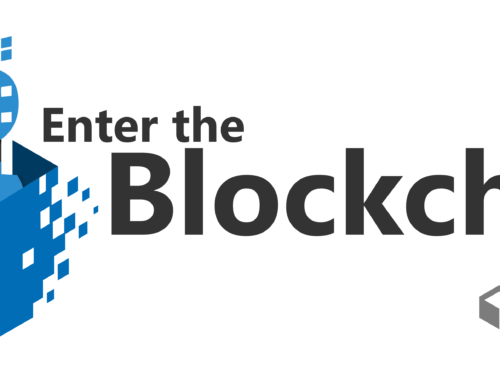In the massively expanding world of virtualised services how can Cloud Service Providers stand out from the crowd and demonstrate that they are materially different? And secondly, how do you explain that your material differences are vital and critical for customer success? This is the dilemma today facing Leaders and Senior Executives at Cloud Service Providers, MSPs, System Integrators, Resellers, Distis and LARs.
So what is the answer to effective Differentiation in the Cloud?
 1. Being Relevant: It’s all about them and not about you. You need to have a deep understanding of your target customers, their challenges, their aspirations and their desired business outcomes from using your cloud services. If you can’t help your customers to “join the dots”, you are not going to have a high growth business. You are going to have to hope that the Customer can work this out for themselves, quantify the results they expect to get and make the decision to buy by themselves. This sounds like a very risky business strategy to me! Never delegate the Buying Decision to the customer. You must decide with them and for them. After all, they may get the decision wrong!
1. Being Relevant: It’s all about them and not about you. You need to have a deep understanding of your target customers, their challenges, their aspirations and their desired business outcomes from using your cloud services. If you can’t help your customers to “join the dots”, you are not going to have a high growth business. You are going to have to hope that the Customer can work this out for themselves, quantify the results they expect to get and make the decision to buy by themselves. This sounds like a very risky business strategy to me! Never delegate the Buying Decision to the customer. You must decide with them and for them. After all, they may get the decision wrong!
2. Differentiation: 3 Levels of Perceived Value
 Level 1: The Product /Service. If you are like most Cloud Service Providers you are building your offers on one of several Vendors infrastructure platforms: AWS, IBM or Azure or you are using key technologies such as VMware, Hyper-V, WebSphere or application solutions such as O365, Salesforce.com, CRM online, etc. So the question in level 1 is “how can I differentiate if my technology stack is the same as CSP A, CSP B or CSP C’s stack? Clear the thing that we all want to avoid is differentiating on price.
Level 1: The Product /Service. If you are like most Cloud Service Providers you are building your offers on one of several Vendors infrastructure platforms: AWS, IBM or Azure or you are using key technologies such as VMware, Hyper-V, WebSphere or application solutions such as O365, Salesforce.com, CRM online, etc. So the question in level 1 is “how can I differentiate if my technology stack is the same as CSP A, CSP B or CSP C’s stack? Clear the thing that we all want to avoid is differentiating on price.
“Price is race to the bottom that you don’t want to win.”
There is some scope to differentiate using your own IP to create unique capabilities and offers based on the underlying infrastructure and core technologies. Infrastructure enhancements, data center security, usage extensions, custom templates, service bundles, pre-populated parameterisation, bundles and packages fall into this category. But levering your uniqueness in level 1 is limited.
Level 2: Professional Services and Support. Huge opportunities exist here to differentiate your core offers from your competitors and other Cloud Service Providers. Because everything in level 2 is unique to you and your company: your people, processes and systems. Often these areas of differentiation go totally under exploited by Cloud Service Providers and consequently remain unrecognised and unappreciated by customers. Here you have a huge undeveloped opportunity to differentiate in real and relevant ways and to liberate new levels of value for customers. Examples: cloud migration assessment services, on-boarding services, application and data migration services, Migration SLAs, security consulting services, big data consulting services, hybrid architecture consulting services, support services that enable business outcomes.
Level 3: The End2End Customer Experience. What are all those things that you can do as a Cloud Service Provider to deliver a superior experience to customers? By End2End you should be thinking from the customer’s point of view and at any point in the Customer’s Journey from Find, Try, Buy and Consume Cloud Services
Change the direction of your thinking:
Cloud Service Providers think Inside-out:
Product/Service -> Professional Services and Support -> End2End Customer Experience
The Customer thinks Outside-in:
End2End Customer Experience -> Professional Services and Support -> Product/Service
3. Linking your Uniqueness to the Customer’s Desired Outcomes

The Line-of-Business Buyer seeks three things:
1) Speed-to-use
2) Ease of Adoption
3) Measurable Business Value
Also see links to:
Competitive separation post
Workplace Transformation: How to Survive the Cloud slideshare
Sales Transformation: 5 Steps to Capture More Cloud Customers Keynote presentation (video)



Leave A Comment